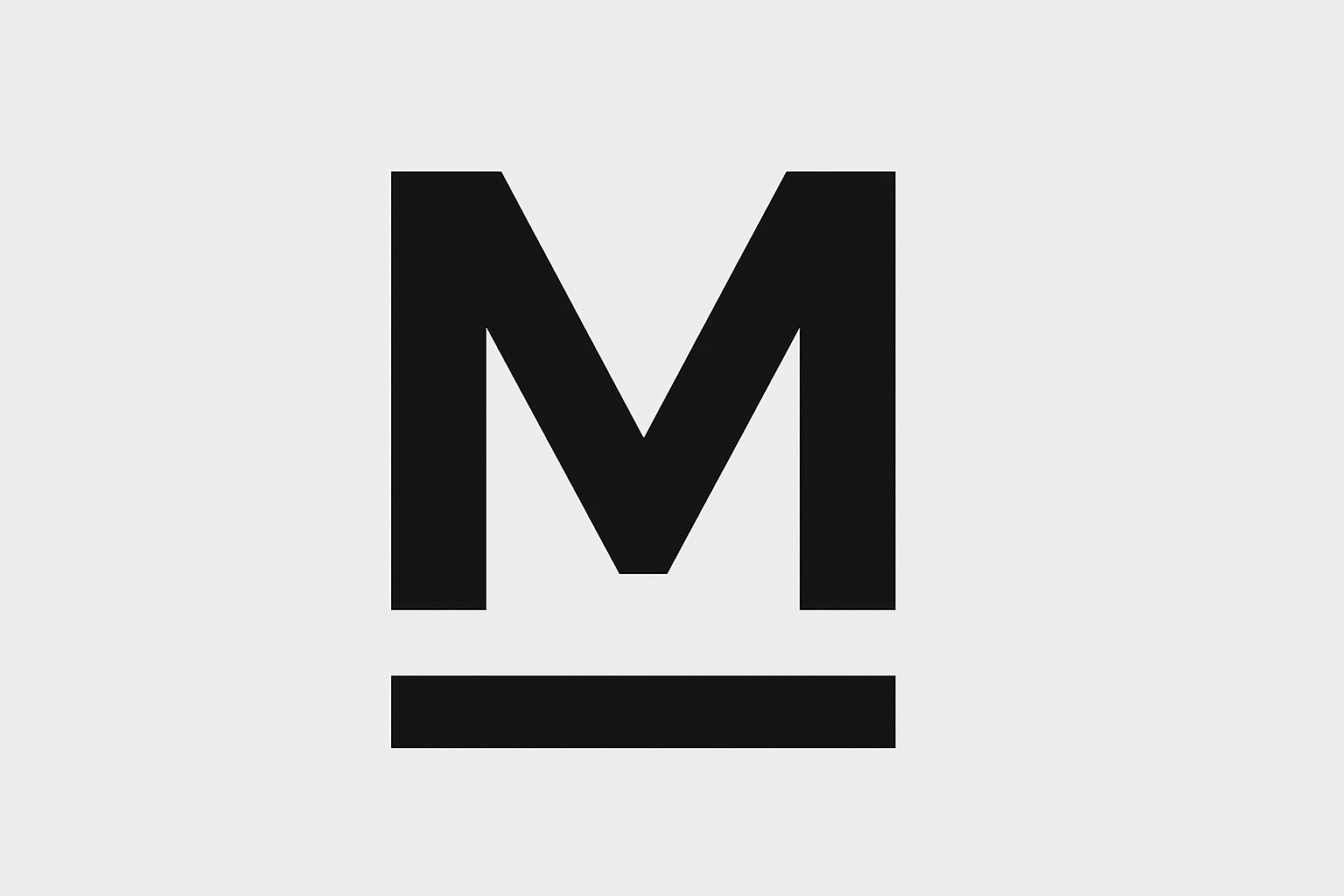
There’s a tiny piece of punctuation that says a lot about how technology shapes human behavior — the em dash (—).
You see it everywhere: in crisp copy, polished articles, and AI-written blogs. It feels smooth, professional, intentional. But here’s the thing — you probably didn’t type it. Not because you forgot, but because your keyboard never gave you a way to.
There are three dashes in English:
In traditional printing, each dash was literally the width of a particular letter:
So “em” and “en” aren’t fancy prefixes — they’re measurements from the physical world of metal type. The language of the printing press still lingers in our digital punctuation.
The em dash is a favorite among writers because it mirrors how we think — fast, conversational, full of pauses. But on a standard keyboard, it doesn’t exist. You’d need a secret shortcut:
Shift + Option + HyphenAlt + 0151Most of us don’t bother. We type two hyphens, or skip it entirely. The system quietly shapes our habits.
AI tools don’t have that problem. They don’t type — they generate. Which means they can use em dashes and en dashes flawlessly, every time.
That’s why so much AI-written content looks oddly “perfect.” It’s formatted exactly how the rulebooks say it should be — because AI isn’t limited by design, keyboards, or human shortcuts.
In other words: machines write beyond our tools.
That tiny typographic quirk is a perfect metaphor for digital transformation itself. Every time we simplify a process — whether it’s a keyboard layout or an automated workflow — we gain speed, but lose nuance.
What humans can’t easily type, we stop thinking to use. What machines can do effortlessly, they start to overuse.
And somewhere between the two lies authenticity — the small imperfection that reminds readers a person was here.
Transformation isn’t just about upgrading technology — it’s about designing systems that still let people sound and feel human.
Because yes, AI can use the em dash perfectly. But sometimes, imperfection is what makes communication real.
If you guessed who wrote this — human or AI — based on the em dashes alone, you might just be part machine yourself.
Leverage what’s next. Subscribe below for ideas and insights on how technology can move your business forward.